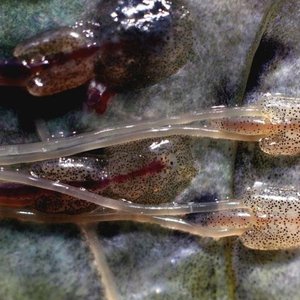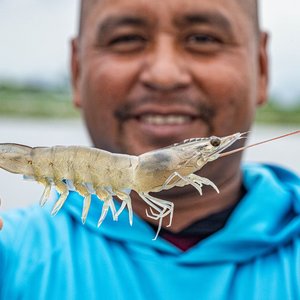Introduction
On the contrary to the (U. S. where they represent but 4.6% of the total marine production (CHEW and DONALDSON, 1985) (Table 1), mollusc, principally bivalves, can no longer be considered as a marginal production. In France, 100 000 ton of oysters, 98% of which is represented by Crassostrea gigas (HERAL et al., 1985a) and 85 000 ton of mussels (Mytilus edulis, Mytilus edulis galloprovincialis) (DARDIGNAC), 1985) are produced yearly. Elsewhere, new rearings are being developed, such as pectinidae and Ruditapes philippinarum, on the Atlantic and Mediterranean coasts.
The species presently cultured, some of which depending only on natural collections (Crassostrea gigas, Mytilus edulis, Mytilus galloprovincialis while others depend on hatchery production, either partially Crassostrea gigas in the U. S., Pecten maximus, Ostrea edulis, or totally i(Ruditapes philippinarum, Crassostrea virginica, Argopecten irradians (Table 1 – 2)
In addition, the development in laboratories of mollusc strains with higher growth potential, or showing more resistance to disease, will be derived exclusively from hatchery productions.
Furthermore, the decrease in growth performance and in quality of Crasssostrea gigas cultured in the big french shellfish ponds (HERAL et al., 1985b) and the successive mortalities through epizooties which struck Crassostrea angulata and Ostrea edulis, requires a better comprehension of the relation existing between the rearing environments and the molluscs cultured there or those which live naturally in competition. Due to the fact that these organisms are sedentary, the comprehension of those relations require the knowledge of not only the seasonal and daily variations of the quality and quantity of the food available and which is brought by the currents, but also the knowledge of the nutriment requirements linked with the physiological evaluation of the individuals.
Thus the studies carried out on food, whether those pertaining to larvae produced in hatcheries, or living in natural environments, or hatchery adult broad-stock or those cultured in natural environments, become necessary so as to guarantee larval and adult productions of quality and at lower prices and so as to implement the rational management of the molluscs stocks exploited.
Author
Jean-Marc Deslous-Paoli
Publication







